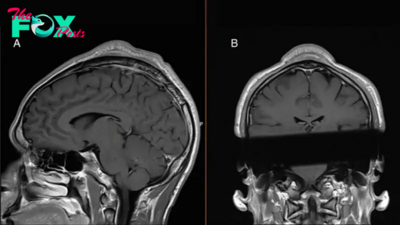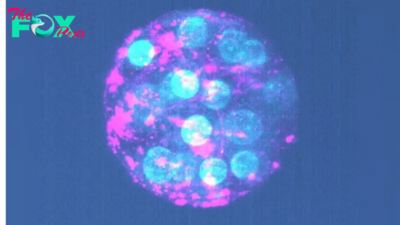Health
How does CRISPR work?
CRISPR, short for CRISPR-Cas9, is a genome-editing tool that allows scientists to precisely cut and modify DNA sequences. It has revolutionized the study of genes, helped to enhance crops and improved Health care.
The gene-editing system was originally discovered in bacteria, where it limits infections by clipping viral DNA. Then, in Nobel prize-winning work, this bacterial defense apparatus was co-opted by scientists to devise a new approach to genome editing.
"It's really the simplicity, the cost and the ease of use" that democratized this editing tool, Alison Van Eenennaam, a livestock geneticist at the University of California, Davis who uses CRISPR to alter the genetics of farm Animals, told Live Science.
Recently, CRISPR has been approved to treat two blood disorders, and early-stage trials reveal its potential to treat inherited blindness. Here's everything you need to know about the groundbreaking Technology.
Related: CRISPR 'will provide cures for genetic diseases that were incurable before,' says renowned biochemist Virginijus Šikšnys
What is CRISPR?
The CRISPR system includes the following major components:
CRISPR: "CRISPR" stands for "clusters of regularly interspaced short palindromic repeats." This unwieldy name describes a pattern of DNA sequences found in bacterial genomes that helps the bacteria fend off viruses.
-

 Health1h ago
Health1h agoTeens Are Stuck on Their Screens. Here’s How to Protect Them
-

 Health7h ago
Health7h agoHow Pulmonary Rehab Can Help Improve Asthma Symptoms
-

 Health7h ago
Health7h ago10 Things to Say When Someone Asks Why You’re Still Single
-

 Health1d ago
Health1d agoThe Surprising Benefits of Talking Out Loud to Yourself
-

 Health1d ago
Health1d agoDoctor’s bills often come with sticker shock for patients − but health insurance could be reinvented to provide costs upfront
-

 Health1d ago
Health1d agoHow Colorado is trying to make the High Line Canal a place for everyone — not just the wealthy
-

 Health2d ago
Health2d agoWhat an HPV Diagnosis Really Means
-

 Health2d ago
Health2d agoThere’s an E. Coli Outbreak in Organic Carrots



























